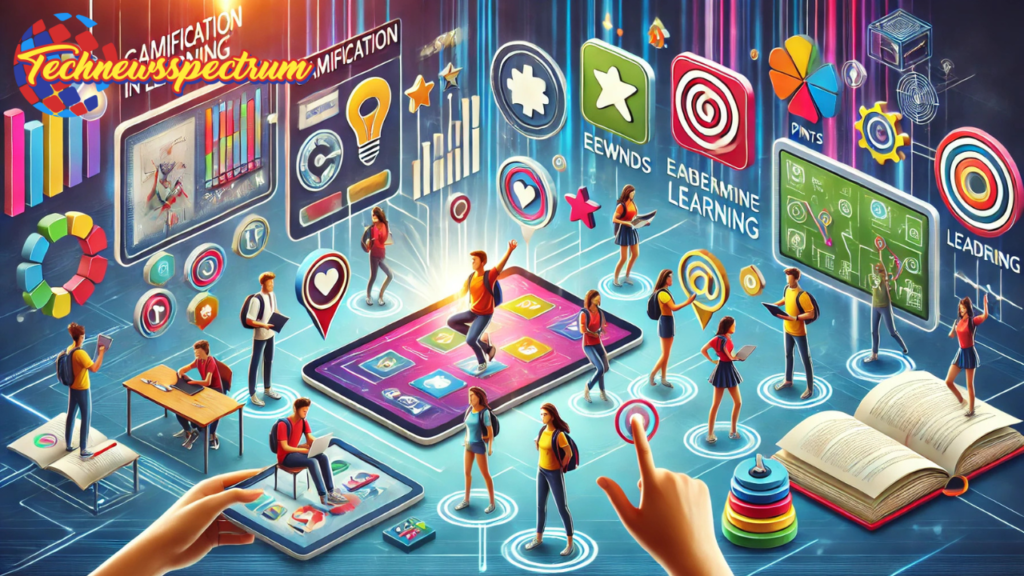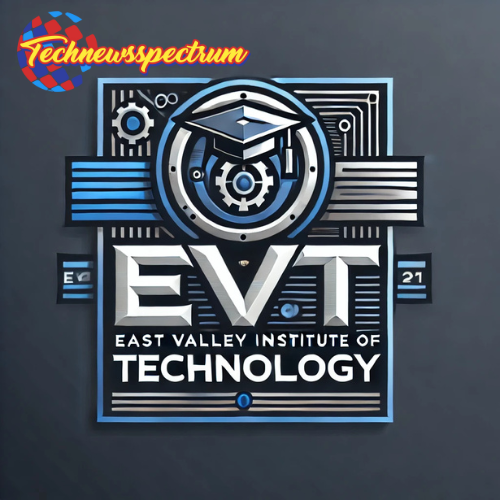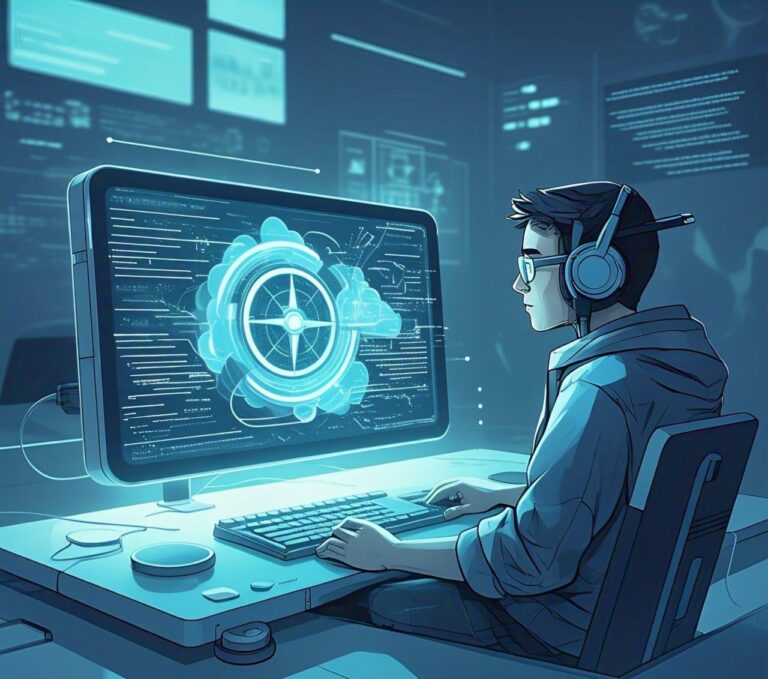Gamification in Learning Ultimate Guide to Engagement and Success
Meta Description
Discover how gamification in learning transforms education by increasing engagement motivation and knowledge retention. Explore its benefits strategies and real world applications for students and professionals alike.
Table of Contents
- Introduction
- What is Gamification in Learning?
- Psychology Behind Gamification
- Importance of Gamification in Education
- Key Features of Gamification in Learning
- Advantages of Gamification in Learning
- Challenges of Implementing Gamification
- Gamification vs. Traditional Learning Methods
- Examples of Gamification in Education
- Best Practices for Implementing Gamification
- Technologies Supporting Gamification in Learning
- Future of Gamification in Learning
- FAQs
- Conclusion
1. Introduction
Gamification has emerged as a transformative force in education reshaping how students and professionals engage with learning materials. By incorporating game based elements into educational experiences gamification fosters a deeper level of involvement improves motivation and enhances retention of knowledge. This article delves into core principles of gamification in learning psychological mechanisms that make it effective its advantages and challenges and how it compares to traditional learning methods. Furthermore we explore real world applications best practices for implementation and future trends in this rapidly evolving domain.

2. What is Gamification in Learning?
Gamification in learning refers to practice of integrating game like elements such as points badges leaderboards levels and challenges into educational environments to create a more engaging and motivating experience for learners. By leveraging these game mechanics educators and trainers can encourage active participation foster healthy competition and enhance overall learning process. Goal of gamification is not to turn education into a game but to make learning more compelling and enjoyable.
3. Psychology Behind Gamification
effectiveness of gamification in learning is rooted in several well established psychological theories
- Intrinsic Motivation Learners engage with content because they find it enjoyable and personally rewarding.
- Extrinsic Motivation External rewards such as badges certificates and leaderboard rankings provide motivation to complete tasks.
- Reinforcement Theory Positive reinforcement such as receiving rewards for completing tasks increases likelihood of repeated engagement.
- Self Determination Theory When learners feel a sense of autonomy competence and relatedness they are more likely to stay motivated and engaged.
- Flow Theory Gamification helps learners enter a state of deep focus where they become fully immersed in learning process increasing both enjoyment and effectiveness.
4. Importance of Gamification in Education
Gamification plays a crucial role in modern education by addressing common learning challenges and enhancing overall educational experience. Some key reasons why gamification is important include
- Increases Student Engagement Game elements capture students’ interest and sustain their attention throughout lessons.
- Boosts Motivation and Interest Sense of accomplishment that comes from completing challenges and earning rewards motivates learners to continue their progress.
- Improves Knowledge Retention Gamified learning experiences often lead to better recall and understanding of information.
- Encourages Collaboration Many gamified learning platforms promote teamwork fostering social interaction and cooperative problem solving.
- Develops Critical Thinking and Problem Solving Skills Gamification encourages learners to think critically and creatively to overcome challenges.
- Provides Instant Feedback Learners receive immediate feedback on their progress allowing them to adjust their approach and improve.
5. Key Features of Gamification in Learning
To be effective gamification should include specific features that encourage engagement and continuous learning
- Points & Rewards Learners earn points for completing tasks fostering a sense of achievement and progress.
- Badges & Achievements Digital badges symbolize accomplishments and milestones in learning journey.
- Leaderboards Ranking learners based on performance fosters friendly competition and motivation.
- Challenges & Quests Structured learning paths with challenges help learners stay focused and engaged.
- Instant Feedback Providing real time feedback ensures that learners understand concepts and make improvements as they progress.
- Storytelling & Narrative Embedding lessons in a storyline enhances immersion and emotional connection to learning material.
6. Advantages of Gamification in Learning
| Advantage | Description |
| Increased Engagement | Interactive elements make learning enjoyable and immersive capturing learners’ interest. |
| Enhanced Motivation | Incentives such as points and badges drive students to achieve their learning goals. |
| Better Retention | Gamified learning improves memory retention by reinforcing concepts through repetition and engagement. |
| Self Paced Learning | Learners can progress at their own speed reducing stress and improving comprehension. |
| Development of Soft Skills | Encourages collaboration problem solving and strategic thinking. |
| Real World Application | Prepares learners for real life challenges by simulating decision making scenarios. |
7. Challenges of Implementing Gamification
Despite its benefits implementing gamification in learning presents some challenges
- Requires Careful Planning and Execution Poorly designed gamification can lead to confusion or disengagement.
- Risk of Over Reliance on Rewards Learners may become dependent on external rewards rather than developing intrinsic motivation.
- Not All Students Respond Equally Some learners may not find gamified elements motivating or enjoyable.
- Integration with Existing Curricula Adapting gamification to fit different subjects and learning styles can be complex.
- Technology Barriers Access to digital tools and platforms may be limited in certain educational settings.
8. Gamification vs. Traditional Learning Methods
| Feature | Gamification | Traditional Learning |
| Engagement | High | Moderate to Low |
| Motivation | External & Intrinsic | Mostly Intrinsic |
| Learning Style | Interactive & Fun | Lecture based |
| Knowledge Retention | Higher | Lower |
| Collaboration | Encouraged | Less Emphasized |
9. Examples of Gamification in Education
- Duolingo Uses gamified challenges to teach languages in a fun interactive way.
- Kahoot! Engages students through quizzes and real time competition.
- Minecraft Education Edition Encourages creativity and learning through interactive gameplay.
10. Best Practices for Implementing Gamification
- Align game mechanics with learning objectives.
- Balance fun and educational content.
- Provide meaningful rewards.
- Encourage teamwork and friendly competition.
- Continuously assess and refine strategies.
11. Technologies Supporting Gamification in Learning
- AI powered adaptive learning platforms
- Virtual and augmented reality (VR/AR)
- Mobile apps and gamified e learning platforms
- Cloud based learning management systems (LMS)
12. Future of Gamification in Learning
Future includes AI driven personalization increased use of VR/AR blockchain based credentialing and more adaptive learning experiences.
13. FAQs
- How does gamification improve learning outcomes?
- It enhances engagement motivation and knowledge retention by incorporating interactive and rewarding elements.
- Is gamification suitable for all age groups?
- Yes it can be adapted for learners of all ages from young students to professionals.
- What are some common gamification strategies?
- Points badges leaderboards storytelling challenges and adaptive learning paths.
- Does gamification require advanced technology?
- Not necessarily; simple gamification strategies can be implemented without digital tools.
- Can gamification be used in corporate training?
- Absolutely many companies use gamification to enhance employee training and skill development.
Conclusion
Gamification in learning is revolutionizing education by enhancing engagement motivation and knowledge retention. As technology advances gamification will continue to play a pivotal role in shaping modern education.







